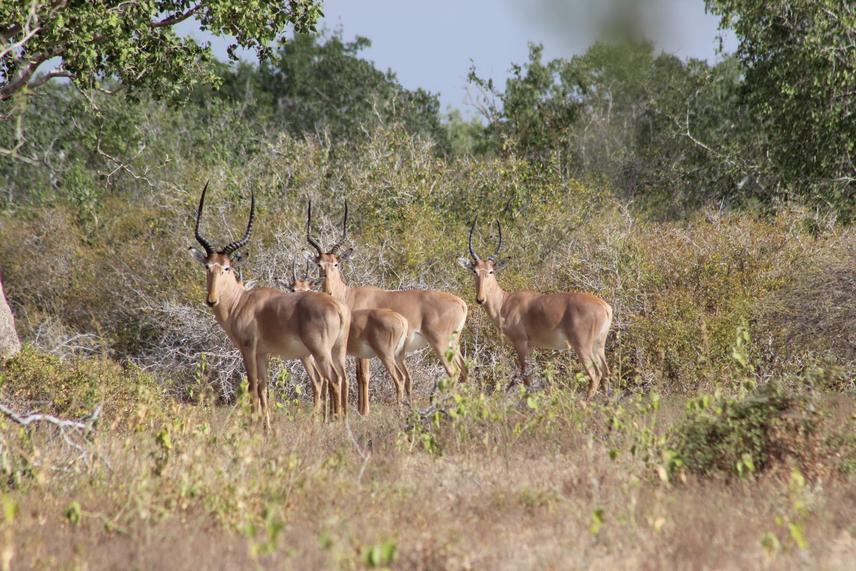Abdullahi Hussein Ali
Other projects
9 Oct 2009
Ecological Interactions between Wild and Domestic Ungulates in East African Arid Ecpsystems: A Case Study of the Endangered Hirola Antelope (Beatragus Hunteri), Kenya
27 Jan 2012
Role of Predation and Livestock Grazing as Factors Underlying Hirola Declines in Ijara, Kenya
12 Mar 2014
Understanding Resource Selection and Movements of Hirola to Inform Future Reintroductions
Our proposed project therefore aims at restoring range for hirola in areas earmarked for future reintroductions while improving local livelihoods.

With a global population size of <500 individuals, the hirola is the World's most endangered antelope. The current populations occur almost solely on pastoral lands with no formal protection, while the single protected area that exists within the hirola’s native range (Arawale National Reserve) lacks adequate support from both the Kenyan government and the international conservation community. Much of the hirola’s historical range occurred in semi-arid grasslands, which were inhabited by nomadic people and wildlife. However, colonial policies led to a shift from nomadism to sedentary pastoralism by encouraging settlements around boreholes and other fixed infrastructure.
In an effort to understand factors driving hirola declines, we carried out analysis of long-term satellite imagery across the hirola’s native range to compare changes in the hirola range between 1985 and 2012. Results revealed a nearly 300% increase in tree cover in the last 27 years which in turn represent a 75% habitat reduction for hirola. Hirola is a pure grazer and their long-term persistence hinges on the availability of grasslands. The increase in tree cover poses one of the greatest threats to survival of hirola through food limitation and predation risk. Therefore, if these trends are not reversed, the recovery of hirola will become insurmountable. In collaboration with local groups we have identified and prioritized management actions to reverse these trends i.e., bush clearing, grass reseeding, fertilization and community-based elephant conservation. Our project therefore aims to implement the above restoration practices in areas where hirola persist currently as well as future reintroduction sites, which we anticipate will have the knock-on benefit of improving local livelihoods. Increasing habitat ranks as one of the highest conservation priorities for hirola and is likely to have substantial and positive impacts on the long-term recovery of the species as well as numerous benefits to the locals.
The project matters because:
1) habitat is the ultimate driver of hirola declines,
2) less than 1% of the hirola’s native range is protected,
3) the proposed project is a win-win situation for both hirola and locals.